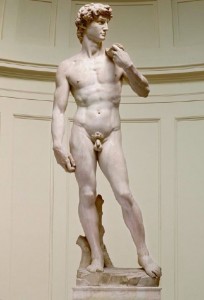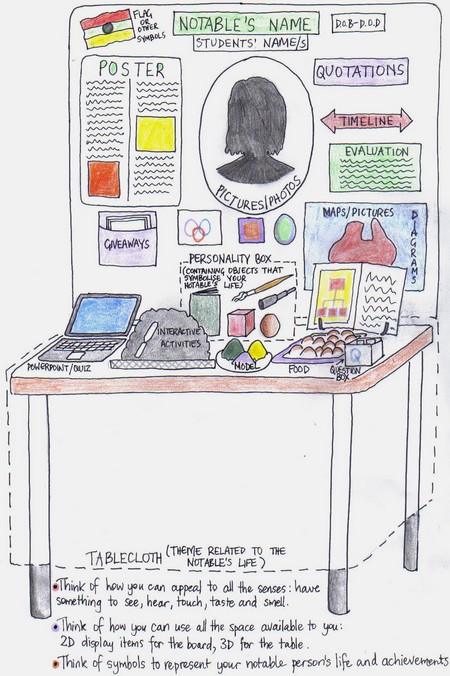 Sorry I’m away today, 7E. That ankle of mine is black and blue. Work hard on your research for the Night of Notables in my absence. If you are inspired, leave a quotation as a comment below.
Sorry I’m away today, 7E. That ankle of mine is black and blue. Work hard on your research for the Night of Notables in my absence. If you are inspired, leave a quotation as a comment below.
One of my former students, Tina of 7F, has kindly added several of her favourite quotations in her comments. This inspired me to write a post about my favourite quotations, in the hope that all of you, as you do your research for the Night of Notables, might like to add some of yours in a comment too. Sam, for instance, must undoubtedly have found many pithy quotations already. He is studying Lao Tzu, a Chinese philosopher and the founder of Taoism, which has been translated as “The Way” or “The Way of Life”. I’m sure many others in the class will have some ideas too.
Here are some of my favourite quotations:
I am still learning.
This was evidently Michelangelo’s motto. It inspires me never to stop reading, never to think I know enough.
***********************************************************
You can’t know everything in the world. Whatever happens you’ll die a fool.
These are the words of one of my favourite characters in literature, Oleg Kostoglotov from Alexander Solzhenitsyn’s book, Cancer Ward. That book is also one of my favourites. I love this quotation because it is the converse of the first; no matter how much you think you know, how much you have learned and striven to achieve, you can never hope to know everything. This is a humbling but strangely reassuring thought.
**********************************************
And while I’m on Solzhenitsyn, here’s what he said when he finally accepted his Nobel Prize for literature:
A word of truth shall outweigh the world.
This is evidently a Russian proverb. Solzhenitsyn was a political dissident who was eventually exiled for writing books that were critical of the brutal regime in his country. He exposed the cruelty of Stalin and the horror of the forced labour camps where so many people suffered, starved and died. So you see, this is like a motto for his life work.
**********************************************
You must do the thing which you think you cannot do.
Eleanor Roosevelt, American diplomat and writer
********************************************
 We are all in the gutter, but some of us are looking at the stars.
We are all in the gutter, but some of us are looking at the stars.
Oscar Wilde, English playwright
(But my favourite quotation from this man, whose every word is a joy, is “I can resist everything except temptation”.)
********************************************
 A COMMENT ON HISTORY: The quarrels of popes and kings, with wars and pestilences in every page; the men all so good for nothing, and hardly any women at all — it is very tiresome.
A COMMENT ON HISTORY: The quarrels of popes and kings, with wars and pestilences in every page; the men all so good for nothing, and hardly any women at all — it is very tiresome.
Jane Austen (You should also read every word she ever wrote.)
********************************************
The creative adult is the child who has survived.
Ursula Le Guin
**********************************


 A tablecloth is a simple but vital part of your display. For some reason a display with a tablecloth looks far better than one with a bare old laminex table.
A tablecloth is a simple but vital part of your display. For some reason a display with a tablecloth looks far better than one with a bare old laminex table.

 So let’s remember the people of Pompeii. I love their graffiti. Here’s a selection:
So let’s remember the people of Pompeii. I love their graffiti. Here’s a selection: The bread of the rich contained yeast and therefore was soft and fluffy. The bread of the poor was unleavened (containing no yeast) and was therefore flat and hard, a little like pita bread. You see, inequality permeates even the most basic aspects of life.
The bread of the rich contained yeast and therefore was soft and fluffy. The bread of the poor was unleavened (containing no yeast) and was therefore flat and hard, a little like pita bread. You see, inequality permeates even the most basic aspects of life. People used dice in Pompeii and they were not above cheating. There were some samples of loaded dice at the exhibition; they had been weighted to fall on some numbers more often.
People used dice in Pompeii and they were not above cheating. There were some samples of loaded dice at the exhibition; they had been weighted to fall on some numbers more often. Most of the people who died in Pompeii survived for the first 22 hours or so, but were killed by the intense heat and buried by the series of pyroclastic surges between 6.30 and 7.30am on August 25, 79AD (almost 24 hours after the first explosion from Vesuvius).
Most of the people who died in Pompeii survived for the first 22 hours or so, but were killed by the intense heat and buried by the series of pyroclastic surges between 6.30 and 7.30am on August 25, 79AD (almost 24 hours after the first explosion from Vesuvius). The ash, pumice and sand reached a height of 4 metres, burying the city so effectively that after several years had passed people began to forget where it had once stood.
The ash, pumice and sand reached a height of 4 metres, burying the city so effectively that after several years had passed people began to forget where it had once stood. Even though 2,000 people died, it is estimated that 10,000 people survived. They were the ones who fled from the city well before the pyroclastic surges began in the early hours of 25 August.
Even though 2,000 people died, it is estimated that 10,000 people survived. They were the ones who fled from the city well before the pyroclastic surges began in the early hours of 25 August.